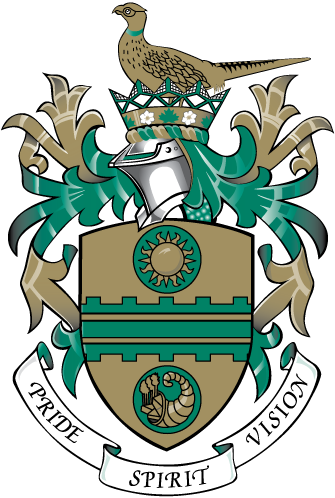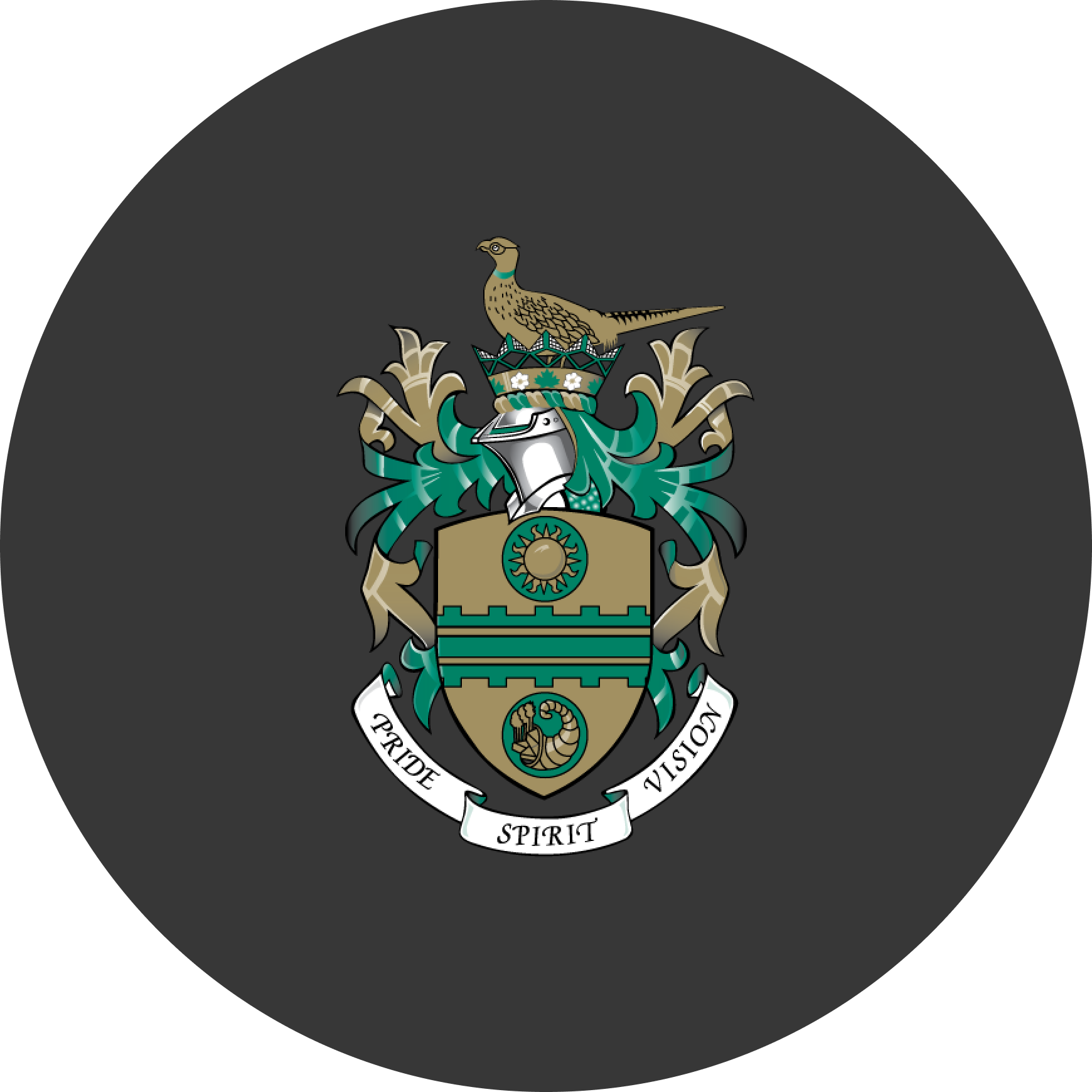Extreme Heat Response Plan
Extreme Heat Events
Preparing for extreme heat is an essential step in building resilient communities. Preparing for extreme heat is an essential step in building resilient communities. An Extreme Heat Emergency occurs when daytime temperatures are 35+ and the nighttime temperatures are 18+.
Extreme heat is a extreme weather phenomenon responsible for the highest number of annual weather-related deaths. For instance, in 2021, the BC Coroners Service attributed 595 deaths to an extreme heat event between June 25 and July 1. Most of these fatalities were linked to excessive indoor temperatures in private residences.
The province of British Columbia is witnessing higher annual summer temperatures and an increase in extremely hot days due to climate change. According to “Canada in a Changing Climate” by the Government of Canada, Western Canada is already one to two degrees warmer on average compared to the 1940s. This escalating trend heightens the probability of more frequent and intense extreme heat events like the 2021 heat dome. Therefore, it’s crucial for communities to comprehend the risks, prepare for such conditions, and know where to access support.
Introducing the BC Heat Alert System (BC HARS)
Responding to the urgent need for proactive measures, the BC Heat Alert System (BC HARS) was developed and implemented in 2022 following the Coroner’s inquiry. BC HARS operates on a two-level alert system to notify the public of extreme heat events (EHEs), integrating both the Environment Canada and Climate Change (ECCC) heat warning system and newly formulated extreme heat emergency criteria. The primary objective of the extreme heat emergency alert is to heighten public awareness regarding the escalated health risks associated with consecutive days of soaring temperatures.
The ECCC heat warning system uses region specific temperature alerting criteria. BC is divided into five heat alert warning regions. It is important to note these regions do not necessarily coincide with health authority boundaries. The City of Armstrong is located in the Southeast geographic heat region and falls within the Interior Health Authority region.


Level 1 Heat Warning
ECCC issues a heat warning when daytime and overnight temperatures surpass seasonal averages but aren’t rising continuously. Specifically, it’s declared when daytime maximum temperatures persist at or above 35°C for two or more consecutive days, accompanied by nighttime minimums not falling below 18°C.
In response, the City of Armstrong and other regions may opt to:
- Activate their Emergency Operations Center (EOC) to monitor weather forecasts.
- Initiate heat warning communications.
- Prepare for potential extreme heat events.
- Encourage residents to adopt standard cooling measures.

Level 2 Extreme Heat Emergency
An extreme heat emergency occurs when temperatures significantly exceed seasonal norms and continue to rise daily. This stage is declared when heat warning criteria are met, and forecasts indicate a substantial, sustained increase in daily highs over two or more consecutive days.
In this scenario, the City of Armstrong and other regions may:
- Activate their EOC to coordinate extreme heat response activities.
- Implement extreme heat emergency communications.
- Encourage residents to check on vulnerable individuals designated as “heat buddies.”
By implementing the BC HARS, communities like Armstrong are better equipped to anticipate, communicate, and respond effectively to extreme heat events, safeguarding lives and promoting resilience in the face of climate-related challenges.
Personal Preparedness
There are many things you can do to prepare for an Extreme Heat Emergency by making a plan. Your plan should include:
1. Evaluate if you can stay at home
2. Evaluate your home’s cool zones
3. Identify other locations to get cool
4. Identify an extreme heat buddy
5. Prepare your home
6. Know where to find information
7. Activate your plan to stay cool
8. Check in on your heat buddy and neighbours
9. What to do if you are getting too hot

For more information go to the Extreme Heat Preparedness Guide or the Website for the BC Centre for Disease Control.
Activities to Stay Cool in Armstrong
Visit local places like coffee shops and stores, and consider these options:
- Okanagan Regional Library – Armstrong Branch
https://www.orl.bc.ca/hours-locations/armstrong
#1 – 3305 Smith Drive, Armstrong, BC
250-546-8311
- Armstrong Spallumcheen Museum & Art Gallery
https://armstrongspallmuseumart.com/
3415 Pleasant Valley Road, Armstrong, BC
250-546-83181
- Armstrong Seniors Activity Centre
2520 Patterson Avenue, Armstrong, BC
250-546-1118
- Nor-Val Sports Centre
https://rec.canlansports.com/armstrong/home.aspx
3351 Park Drive, Armstrong, BC
250-546-9456
- Area Spray Parks & Splash Pads
https://www.dotheokanagan.com/outdoorpools
About Armstrong
The City of Armstrong is a friendly community with a beautiful trails network, bustling downtown core and peaceful family-friendly atmosphere.
We welcome all those who wish to visit, live, or invest in this peaceful little city. Armstrong considered the “Heart of Country” is located in the heart of Spallumcheen Valley, between the sunny Okanagan and the bright Shuswap Valleys.

